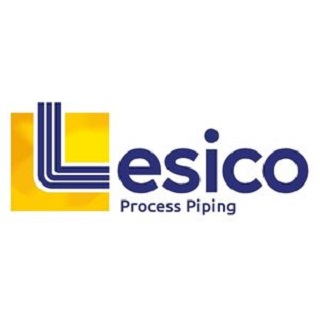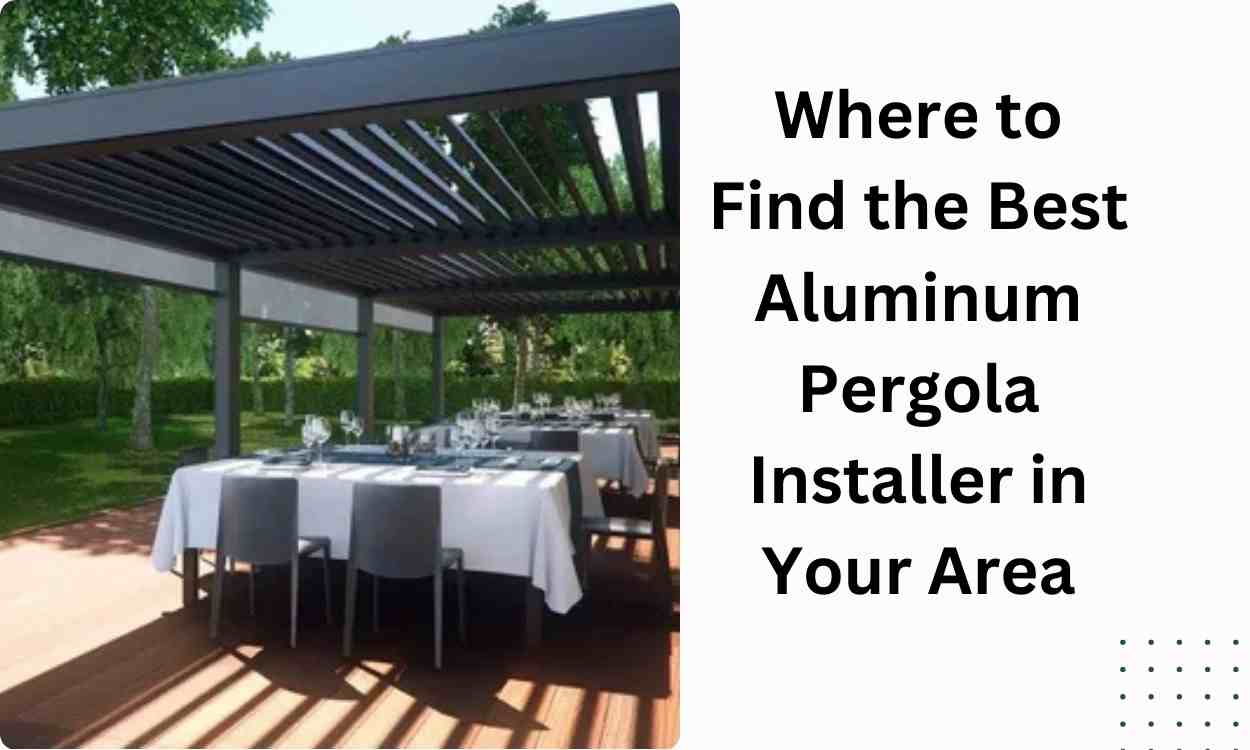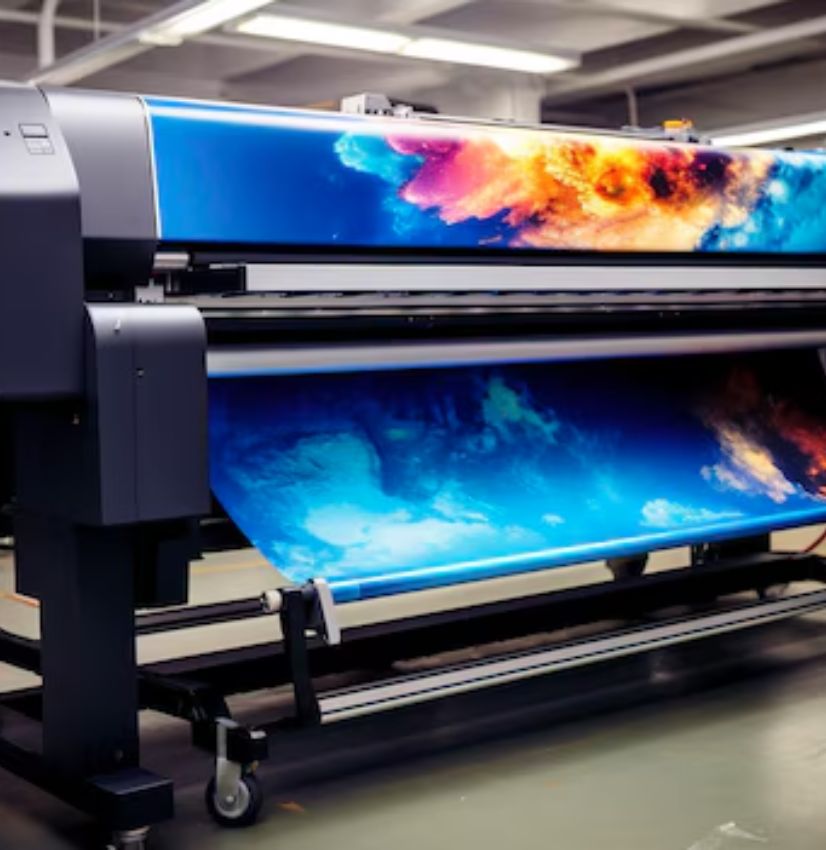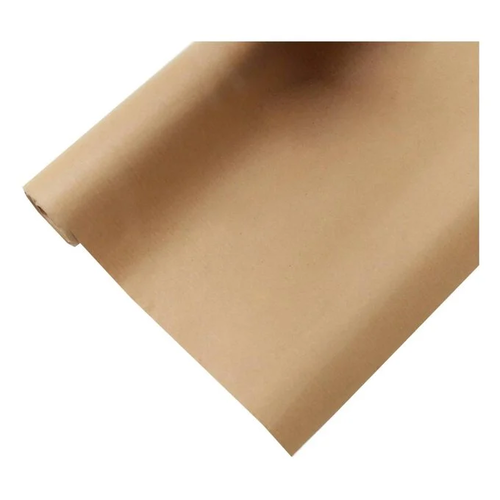In recent years, the construction industry has been revolutionized by advances in technology, materials, and construction techniques. One of the game-changing methodologies is piping prefabrication. By manufacturing piping systems off-site in controlled environments, this approach offers improved efficiency, quality, and cost-effectiveness. In this article, we’ll dive into what piping prefabrication is, its benefits, applications, and how it is shaping the future of construction.
What Is Piping Prefabrication?
Piping prefabrication is the process of assembling piping systems or components off-site, usually in a factory or controlled workshop setting. These prefabricated sections are then transported to the project site where they can be installed directly or with minimal adjustments. This is in contrast to traditional piping installation, where most of the assembly happens on-site, often under unpredictable conditions.
Key Steps in the Piping Prefabrication Process
-
Design and Planning
The process starts with a detailed design and planning phase. Here, engineers and designers create precise blueprints and models, using advanced software like CAD (Computer-Aided Design) or BIM (Building Information Modeling). This digital groundwork allows for accurate planning, identifying potential challenges early on, and ensuring all components will fit seamlessly upon arrival at the construction site. -
Material Selection
The next step involves choosing the right materials for the piping system. Depending on the project, materials could range from stainless steel and carbon steel to copper or plastic. The material selection is critical as it affects durability, cost, and performance. -
Fabrication in a Controlled Environment
In a dedicated fabrication facility, technicians follow the design specifications to cut, bend, weld, and assemble the piping components. Working in a controlled environment reduces the impact of environmental factors, improves precision, and enhances safety standards. -
Quality Control and Testing
Prefabrication facilities typically have strict quality control processes. This includes pressure testing, leak detection, and integrity checks to ensure each section of piping meets project standards before leaving the factory. -
Transport and Installation
Once the piping sections are completed, they are transported to the construction site. The prefabricated units are then installed, reducing the time and labor required on-site. Since the sections arrive pre-assembled, the final installation process is quick and efficient.
Benefits of Piping Prefabrication
Piping prefabrication brings numerous benefits to construction projects, making it a preferred method in various industries.
1. Enhanced Efficiency and Speed
By shifting much of the work off-site, piping prefabrication accelerates project timelines. Since pipes are assembled and tested in advance, on-site installation is faster and simpler, which is especially valuable in time-sensitive projects.
2. Higher Quality and Precision
Controlled environments and strict quality control measures improve the quality of prefabricated piping. Skilled technicians use specialized equipment to assemble components with precision, resulting in fewer errors or adjustments needed on-site.
3. Cost-Effectiveness
Piping prefabrication can lead to cost savings. Labor costs are often lower in fabrication shops than on construction sites. Additionally, the efficiency gains from prefabrication mean reduced project durations and fewer delays, which can substantially lower overall project costs.
4. Enhanced Safety
Working in a factory setting offers a safer environment compared to on-site construction, where variables like weather, site hazards, and limited space can increase the risk of accidents. Prefabrication reduces on-site labor, resulting in fewer personnel exposed to these hazards.
5. Reduced Environmental Impact
Prefabrication allows for optimized material usage, reducing waste. Furthermore, on-site installation requires less equipment and energy, resulting in a smaller environmental footprint. Prefabrication facilities often implement recycling practices to manage waste more effectively.
Applications of Piping Prefabrication
Piping prefabrication is widely used across various industries, each benefiting from the efficiency, cost savings, and quality that this approach provides. Below are some of the industries where piping prefabrication has become essential:
1. Oil and Gas
In oil and gas facilities, piping systems need to withstand high pressures and harsh conditions. Prefabricated piping systems offer durability and precision, which are essential for this high-stakes industry.
2. Petrochemical and Chemical Plants
These facilities require complex piping systems that must be resistant to chemicals and temperature extremes. Piping prefabrication allows for high-quality, corrosion-resistant systems that meet stringent safety standards.
3. HVAC (Heating, Ventilation, and Air Conditioning)
Prefabricated piping is used in HVAC systems for buildings, where time efficiency and minimal on-site labor are crucial. Using prefabricated piping for HVAC reduces disruption on-site and ensures that systems are installed quickly.
4. Water Treatment Plants
Water treatment facilities often have large and complex piping networks. Prefabrication ensures the reliability and durability of these systems, as they are manufactured under quality-controlled conditions.
5. Power Generation
Power plants, whether they are coal, nuclear, or renewable-based, require robust piping systems to handle steam, water, and other fluids under extreme conditions. Prefabrication enables these systems to be produced with the precision needed for safe operation.
Piping Prefabrication vs. Traditional Piping: A Comparison
| Aspect | Traditional Piping | Piping Prefabrication |
|---|---|---|
| Location of Assembly | On-site | Off-site (controlled environment) |
| Quality Control | Limited on-site testing | Extensive testing in fabrication shop |
| Labor Requirements | High on-site labor | Reduced on-site labor |
| Cost | Higher due to inefficiencies | Lower through efficient processes |
| Time Efficiency | Dependent on site conditions | Faster installation on-site |
| Environmental Impact | Higher waste and emissions | Reduced waste and better material use |
| Safety | Subject to on-site hazards | Enhanced safety in controlled settings |
Challenges and Considerations in Piping Prefabrication
While piping prefabrication offers numerous benefits, there are certain challenges and considerations to keep in mind:
1. Transport Logistics
Transporting large prefabricated sections to the project site can be challenging, especially for remote locations. This may involve additional planning and cost, though it is generally outweighed by the on-site efficiency.
2. Site Compatibility
Although prefabricated piping sections are custom-designed, minor on-site adjustments may still be required to ensure compatibility with the rest of the structure.
3. Initial Costs
The upfront costs for prefabrication facilities and specialized equipment may be higher, though these are often offset by the long-term savings in project costs and timelines.
The Future of Piping Prefabrication
With the advancement of technology, piping prefabrication is evolving. Emerging tools like 3D scanning, virtual reality (VR), and augmented reality (AR) are transforming design accuracy and making it easier to visualize the final setup before the first pipe is fabricated.
Additionally, as construction becomes more focused on sustainability, prefabrication is expected to play a key role. Modular construction, of which piping prefabrication is a part, reduces on-site waste and supports eco-friendly building practices.
Conclusion
Piping prefabrication is reshaping the construction landscape, offering faster, safer, and more cost-effective ways to implement piping systems across various industries. From oil and gas to water treatment, prefabrication is a practical solution that benefits both project owners and the environment. As technology advances, we can expect even greater precision, innovation, and efficiency in the prefabrication process, making it a cornerstone of modern construction.
Embracing piping prefabrication not only saves time and money but also provides a pathway to a safer, cleaner, and more efficient future in construction.




